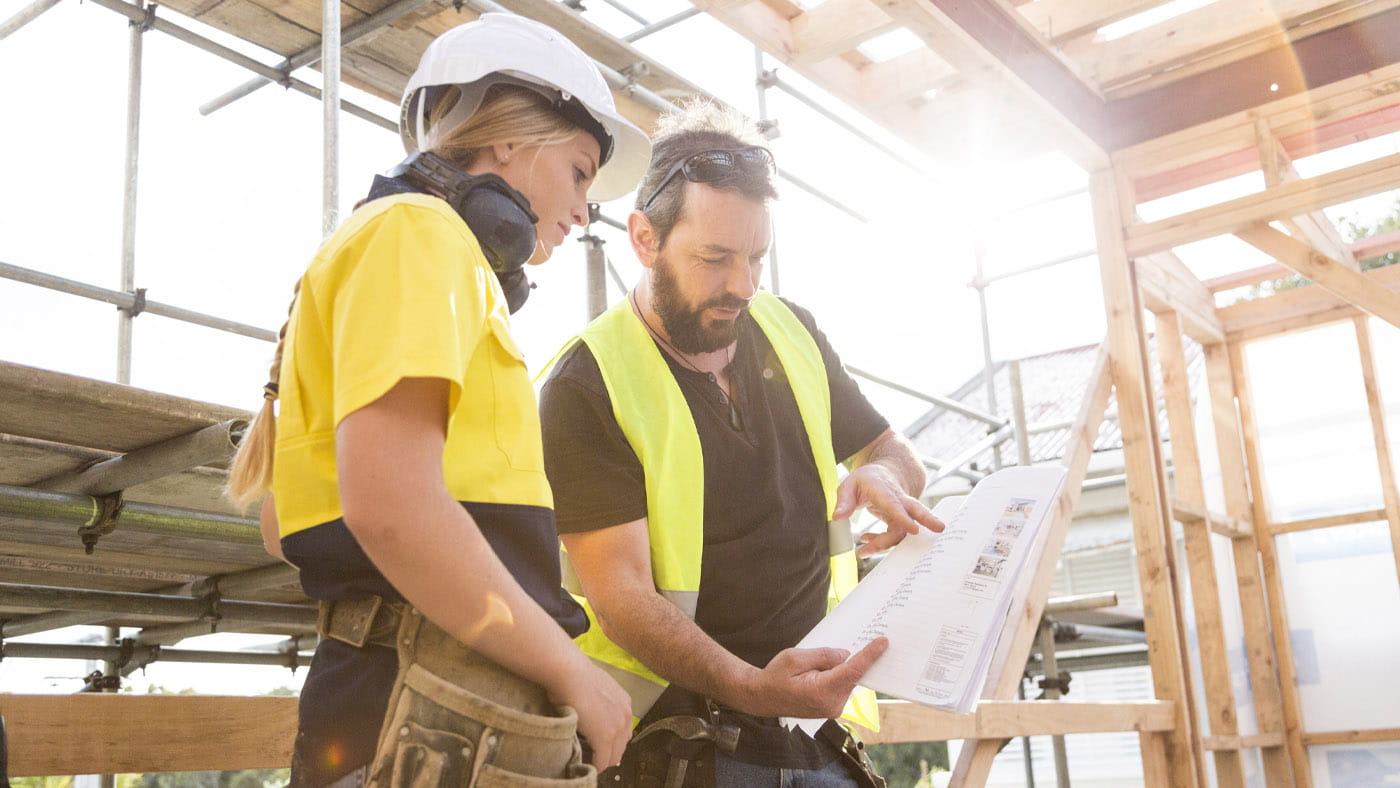The need to work at heights might not change, but will the way we approach working at heights change?
It is not new information to know that working at heights comes with considerable risks especially in industries such as construction, manufacturing, transport and storage.

In the 2018 period renewal year (PRY18), the construction industry recorded the greatest number of claims due to falling from a height.
icare data also shows that on average a worker that was injured following a fall from height took 124 days off work and their claim on average cost $166,000 (PRY18).
Since many tasks at a height are unavoidable, good workplace design as well as a holistic approach to how working at heights is managed plays a critical role.
Fall from height injuries are on the rise
Falling from any height, including falls from ground level into holes (such as trenches or pits) can lead to long-term injuries or at times even death.
Did you know that it doesn't take falling from extreme heights to be at risk of serious injury or even death? Most people who are seriously injured or killed fall from a height of four metres or less, according to SafeWork NSW Working at heights data.
Between 2014 and 2017, 25 workers died and more than 240 were permanently disabled after falling from a height. On top of this, more than 12,000 were injured.
What is your current approach to working at heights?
Assessing how your organisation currently manages working at heights will help you understand what is currently in place. Firstly, check you are meeting your legislative requirements under the NSW WHS Regulation.
As an employer, you must manage the risk, as far as is reasonably practicable, of someone falling from one level to another. This includes obligations to:
- Ensure any work involving the risk of a fall is carried out on the ground or on a solid construction.
- Provide safe means to access and exit a workplace
- Minimise the risk of falls by providing a fall prevention device, work positioning system, or a fall arrest system.
The Code of Practice: Managing the risk of falls at workplaces will provide you with practical guidance on how to achieve your requirements under the WHS Act and Regulation (compliance with the WHS Act and Regulation may be achieved by following another method if it provides an equivalent or higher standard of work health and safety than the code).
Review your processes for communicating working-at-heights risks with your workers. Spend time with your frontline workers, leaders and supervisors to understand what they think is working well, and where there is room for improvement. Some talking points to explore this further include:
- Tell me about a more efficient way to get this job done.
- What process do you go through to make sure any working from height risk assessments/Safe Work Method Statements (SWMS) are site specific?
- How confident are you the team understand the specific fall risks for this task?
- Take me through what you do if you don't think your team is across the site-specific risks?
- What can I do to improve managing this risk?
Understand your workforce risks
The construction industry includes a diverse demographic of ages, backgrounds and skill maturity. Take time to understand what people risks (or human factors) may be unique to your workforce, and what strategies you may want to focus on. This could include identifying:
- where less experienced or young workers may be involved in working at heights
- if your workforce includes people from non-English speaking backgrounds.
There may be an opportunity to look for an alternative mechanism for communicating and training workers about WHS risk, including working from heights.
Focus on risk mitigation and monitor what you mitigate
Preventing injuries from falls at any height may be the aim, but it is important to focus on what is measurable. You can't measure the injuries you prevented but you can measure the risk mitigation strategies in place.
Ensure you are implementing lead indicators which safeguard protective factors to reduce working-at-height risks. This may include:
- periodic review and updating of your maintenance and inspection program for fall arrest and fall restraint equipment
- maintaining valid and correct high-risk work licenses for relevant tasks (i.e. scaffold erection)
- ensuring a 30-day documented inspection process takes place for scaffolding over four metres
- spot check SWMS to ensure they include site-specific working-from-height risks
- recognition for workers demonstrating working-from-height best practice techniques
- the timeliness of prioritisation and management to mitigate working-from-heights hazard.
Understanding and carrying out your duties under the legislation to managing fall risks is an important start.
Ensure you review and enhance your approach through talking with your people, understanding your workforce risk and using lead indicators to drive operational and behavioural change in your organisation.

